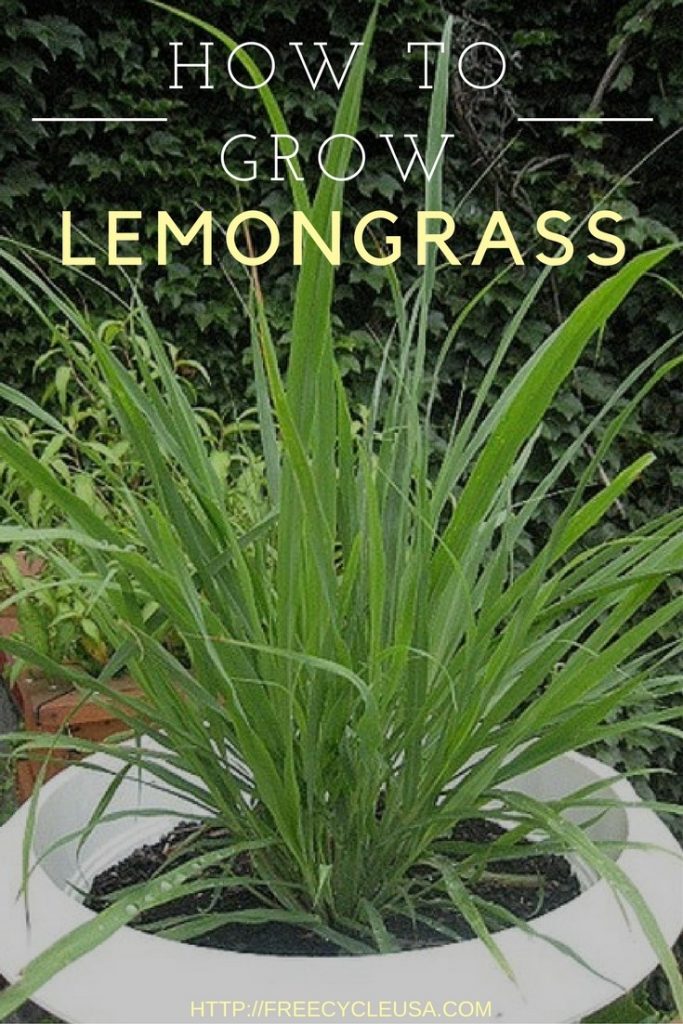Do you love the smell and zesty flavor of lemongrass? Do you like growing your own herbs? Well get this, growing lemongrass is incredibly easy. All you need to get started is a jar, water, and few stalks of lemongrass from the supermarket. If you live in a zone 9 region, which is mostly the southwest and parts of Florida, you can grow lemongrass outside to produce impressive plants. Don't worry if you live elsewhere though, it also makes a great indoor plant. Keep reading if you want to learn more about how to grow lemongrass.
WHAT YOU NEED AND PLANTING
When you head off to the grocery store to get some starter lemongrass stalks, keep a few things in mind. Make sure you are getting healthy-looking plants. You want them to have some signs of life and avoid ones with a lot of dead material. You're going to have to trim off the dead parts anyway, and you don't want to end up with plants that won't grow. After you get home, trim the tops and dead parts from the plants. Fill the jar with about an inch of water, and place your plants inside. Put the jar near a window where it will get plenty of light. Also, lemongrass needs a lot of water. You should change it every couple of days. In a few weeks, the lemongrass will have roots. The lemongrass is ready for soil after at least two inches of roots have developed.
CARING FOR YOUR LEMONGRASS
Caring for lemongrass is easy too. Regular potting soil will do just fine, and you can grow them inside in pots. This is great news for apartment dwellers and those of us in colder climates. Lemongrass is a tropical plant so it will need plenty of sunlight and water. Don't allow the plant to dry out. If you live in a zone 9 area, and you have space, you can grow your plants outside. When transplanting them to a garden give them plenty of room; around 3 feet is good. Plant them in a sunny area as they won't do well in shade. Lemongrass can reach heights of 6 feet, but you can trim them down if you like. Fertilize your lemongrass monthly. You may consider using a high-nitrogen fertilizer as lemongrass needs lots of nitrogen. Other than this, lemongrass does well on it's own requiring little attention. You can sit back, and watch your plants grow.
HARVESTING YOUR LEMONGRASS
You should harvest lemongrass shortly before use. Make sure you snap the stalk off close to the root. To keep lemongrass fresh for a few days, store the entire stalk in the refrigerator in a plastic bag. If you plan on storing your lemongrass for a long time, it is better to dry it than freeze it. Lemongrass is a popular addition to many Asian dishes and is also used to make zesty tea and various spices. Many people grow and use lemongrass for therapeutic purposes. Popular medicinal uses include treating an upset stomach, headaches, and other pain. Lemongrass oil is used externally to treat arthritis, joint aches, acne, and athlete's foot.
Growing lemongrass is easy. All you need is a few starter stalks to get going. Lemongrass does well in both indoor and outdoor gardens. They do well on their own meaning you get a lot of rewards for little work. You can use your lemongrass to spice up dishes, make tea, or store for later use. Now that you know how to grow lemongrass, go give it a try.
If you liked this article, you can get started growing lemongrass or other garden plants by getting this great little book called The Complete Book of HERBS – A Practical Guide to Growing Herbs today!
[button color=”blue” size=”normal” alignment=”none” rel=”nofollow” openin=”newwindow” url=”https://amzn.to/3a0R8Tl”]GRAB IT NOW![/button]







